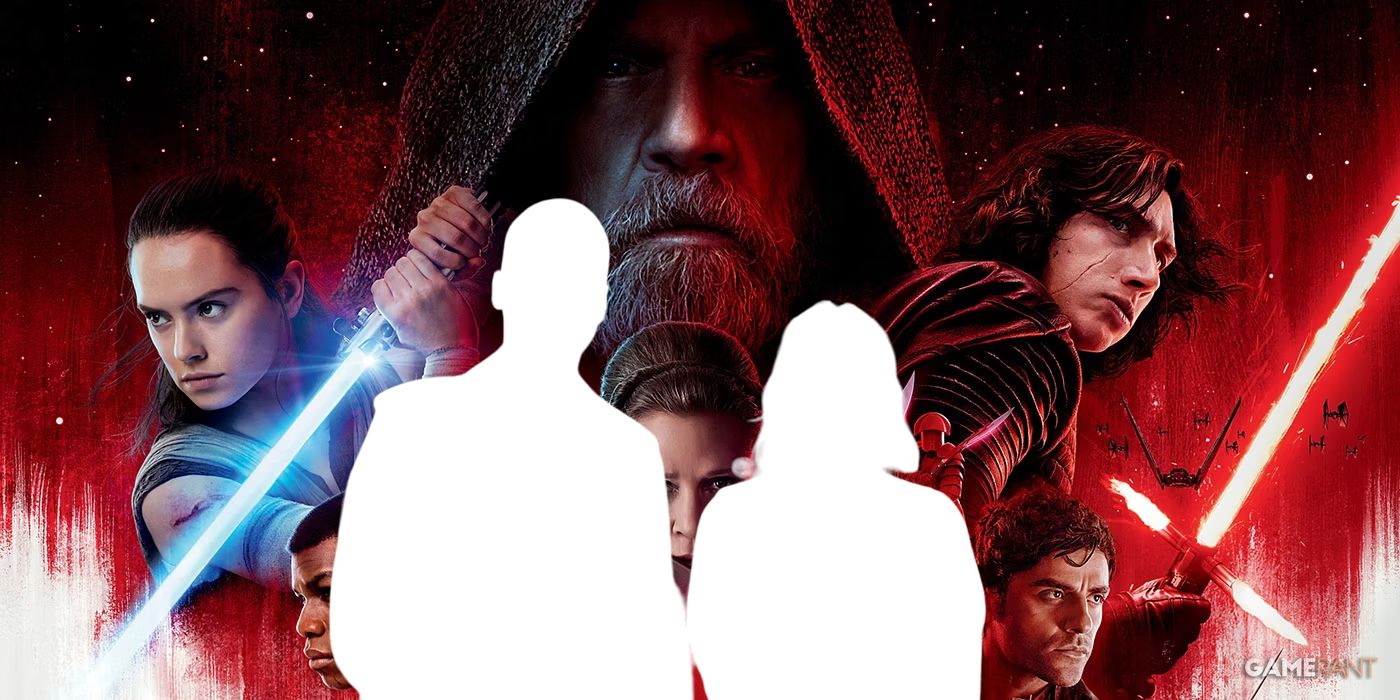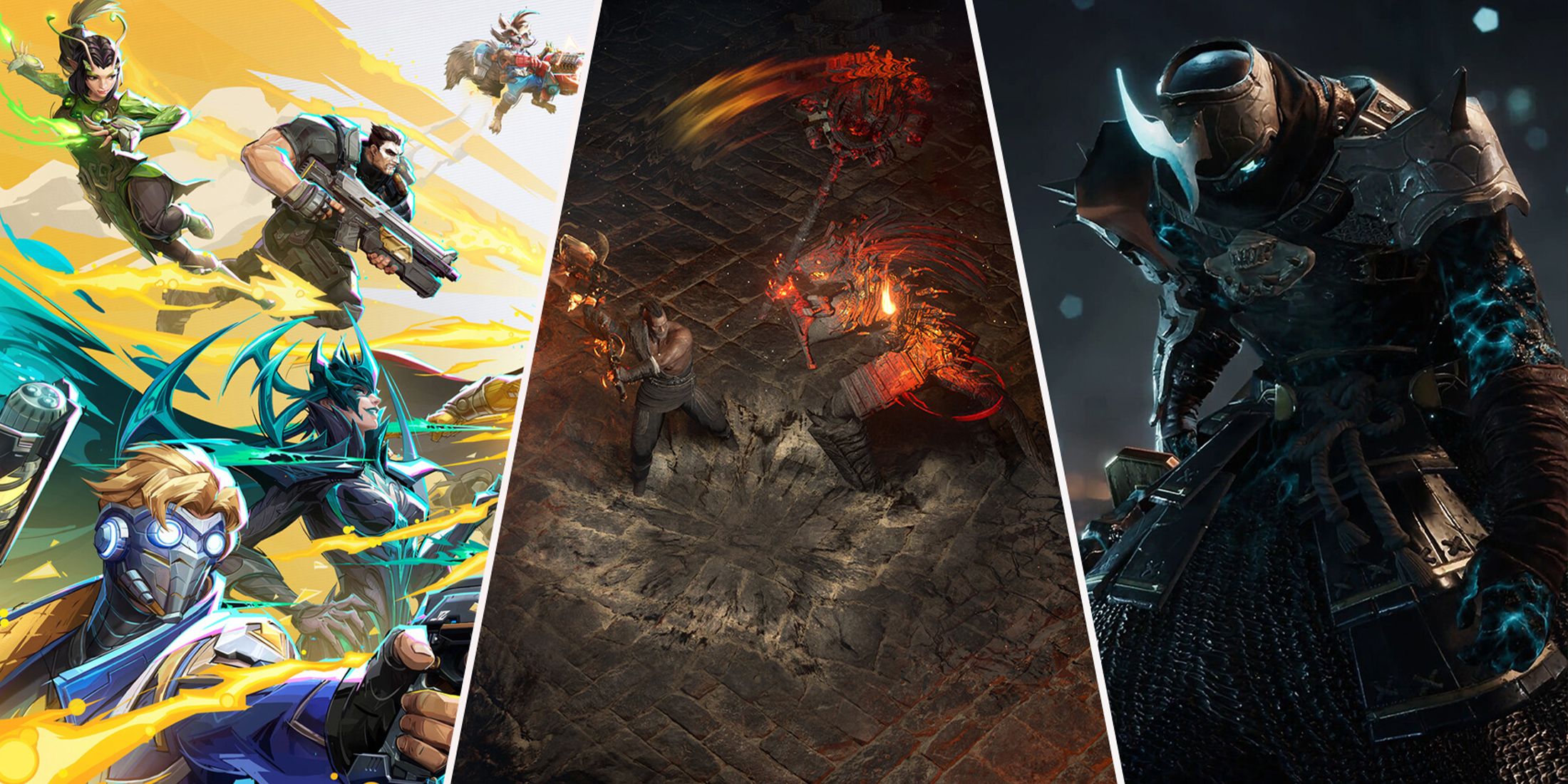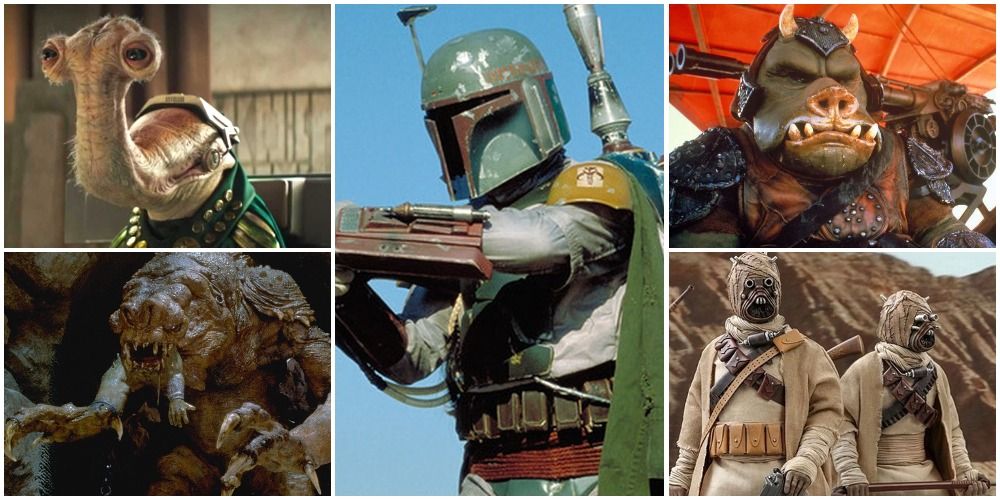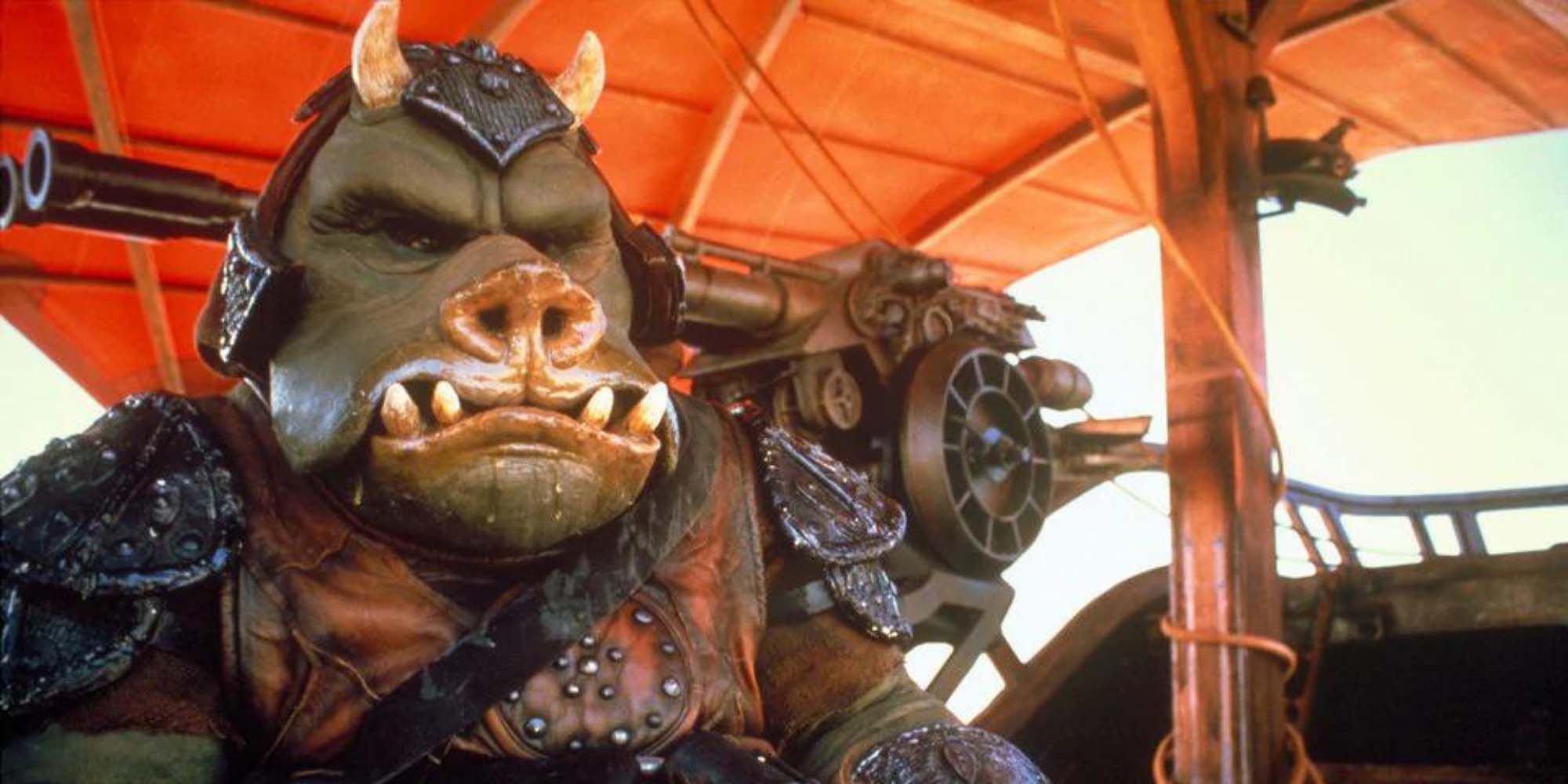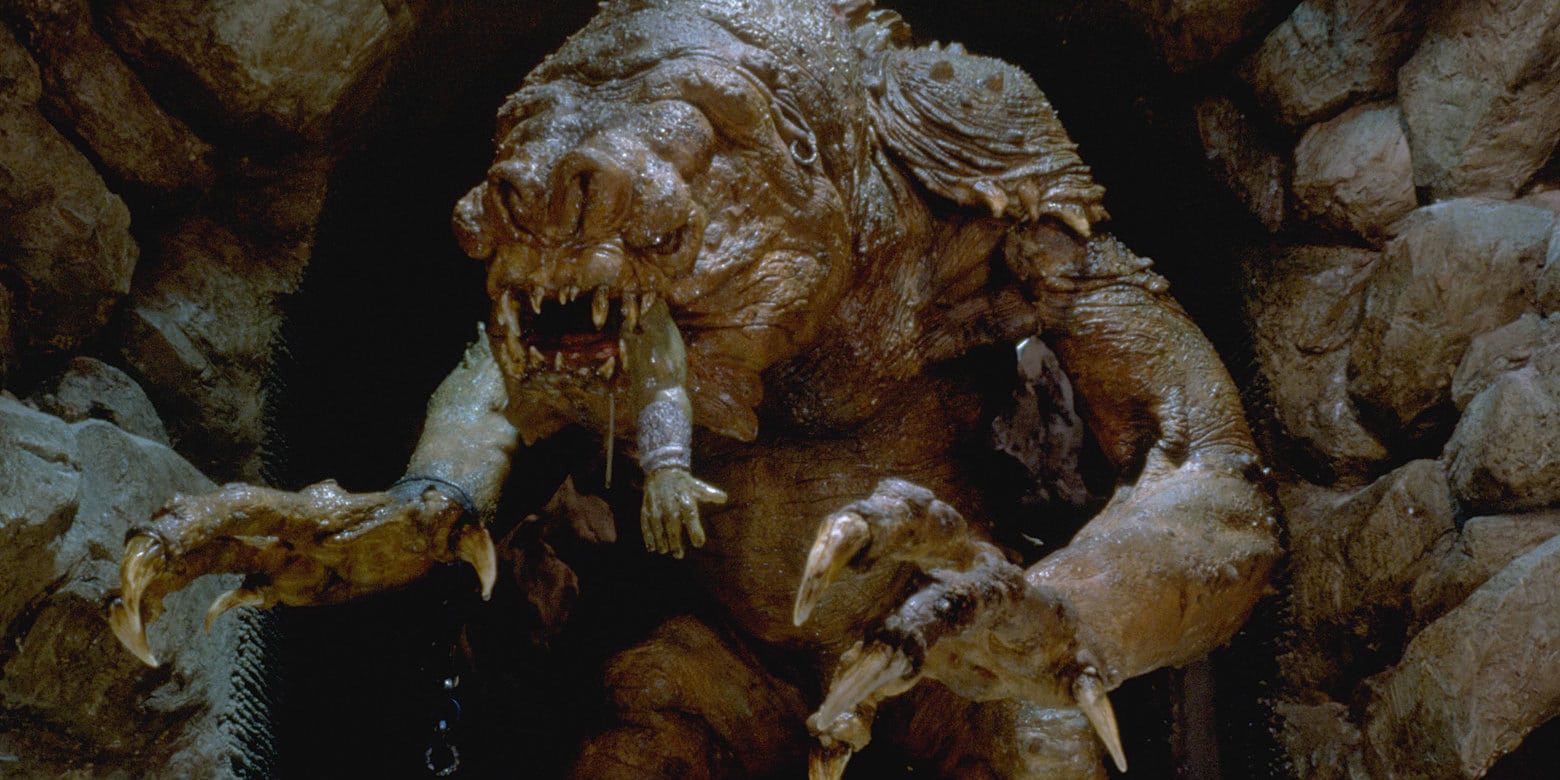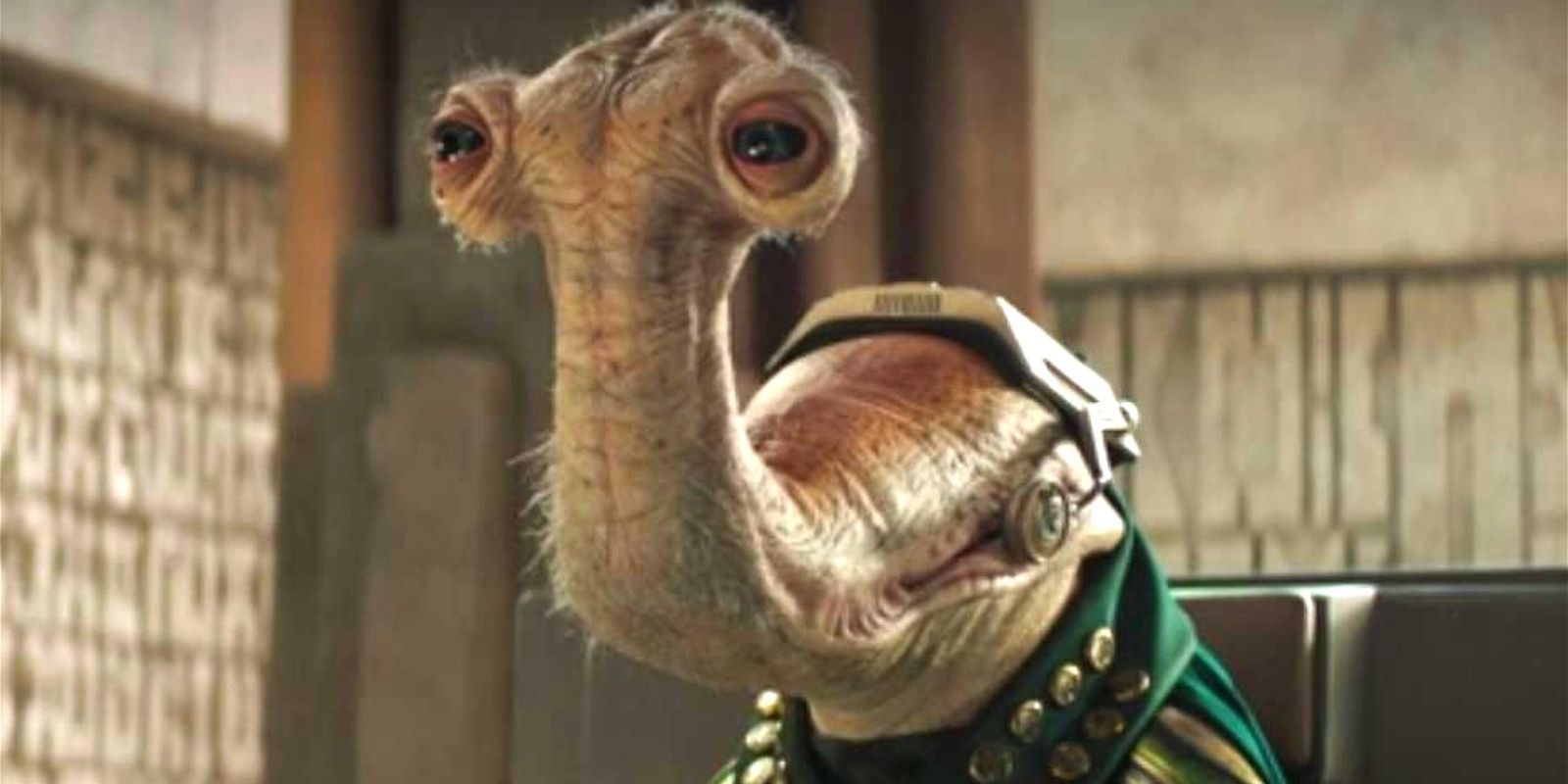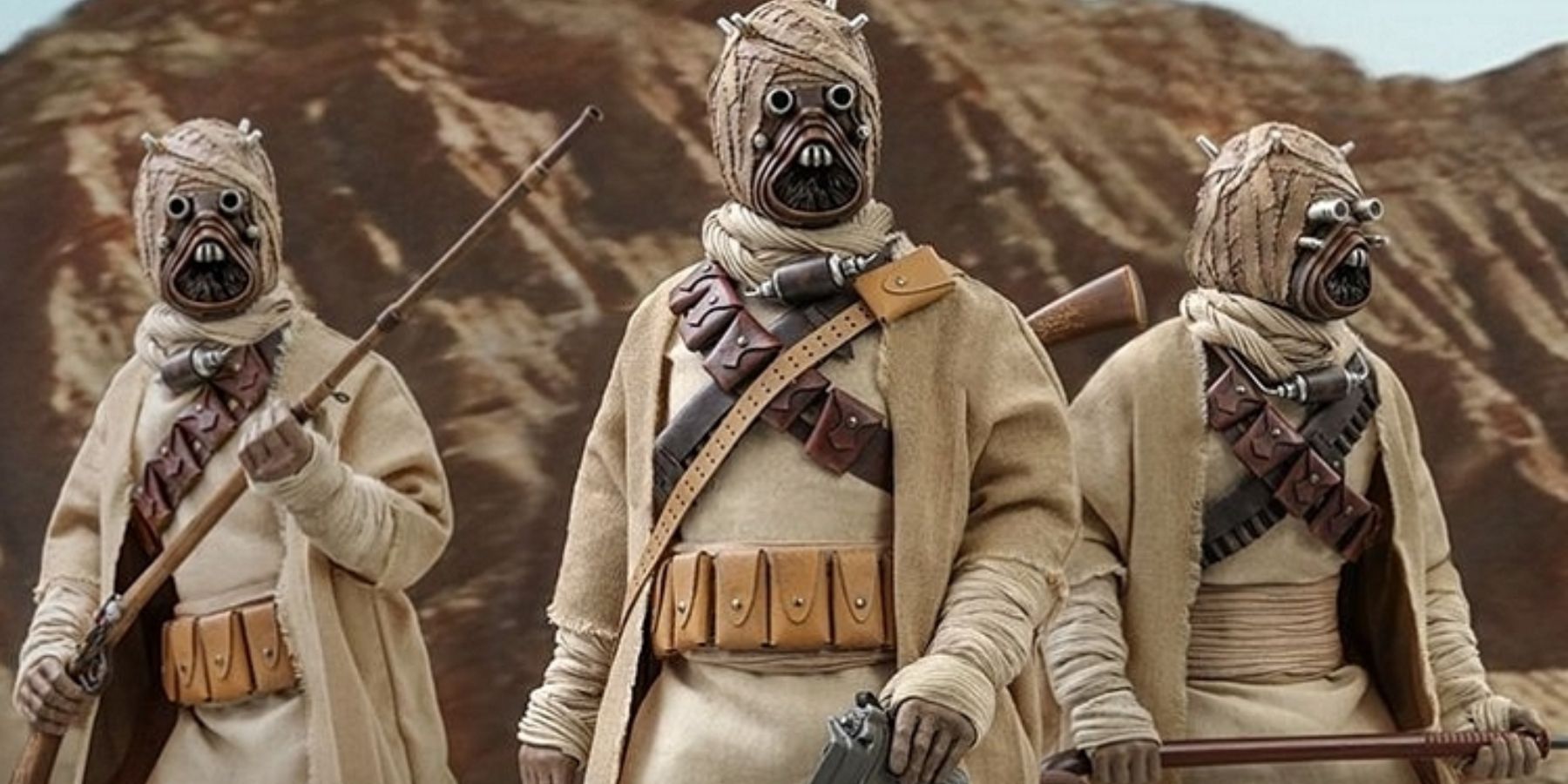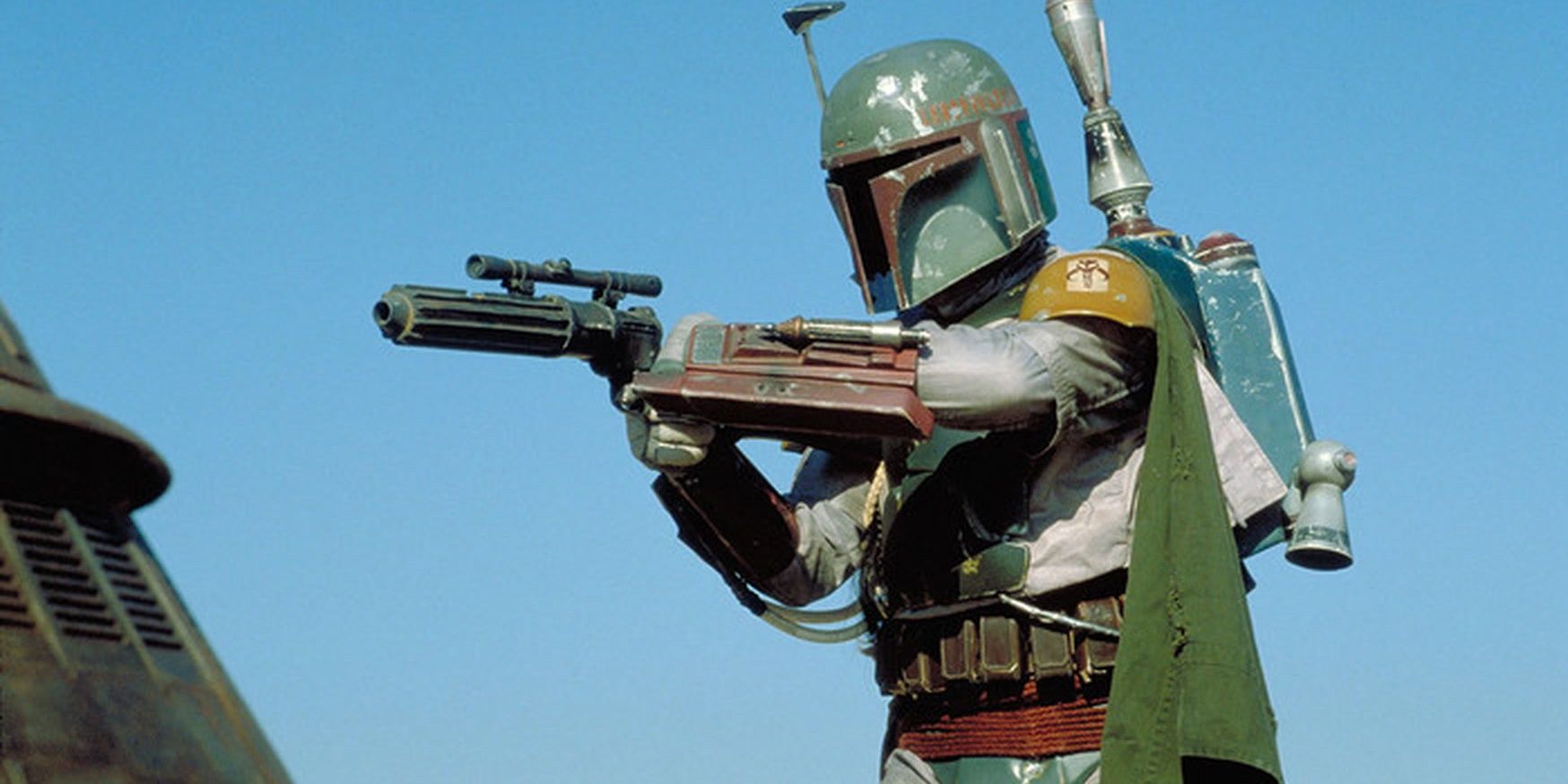The Book of Boba Fett, now the second live-action Star Wars series after The Mandalorian, has gone to great lengths to build on the material established in the original Star Wars trilogy, especially Return of the Jedi. Fans are brought back to the familiar world of Tattooine, a desert planet which played a major role in four of the nine main films. They get to see familiar iconography make an appearance, from technology to aliens, as well as new content.
But the original films can easily give specific impressions of Star Wars lore. Fans going purely on their material may find themselves making assumptions about certain races or creatures based on how they are depicted. The Book of Boba Fett has displayed a fondness for subverting expectations, including challenging a lot of the implicit assumptions one might make based on the original films or older expanded universe content.
5 Gammorrean Guards' Nature
When they first appeared in Return of the Jedi, the Gamorrean guards in Jabba's palace were obviously meant to come off as unpleasant, gross, dim-witted thugs. The pig-like design was reflective of the grotesque decadence that went on in Jabba's inner circle. Viewers were probably not expected to feel much sympathy for the one who was accidentally dropped alongside Luke into the rancor pit, nor the ones presumably killed when Jabba's sail barge exploded. Expanded universe depictions of Gamorreans usually followed the same pattern, depicting them as brutes to get in the way of the heroes.
The Book of Boba Fett introduced a pair of Gamorreans who are persuaded to help Boba. They come to respect him and prove exceptionally loyal. They even prove capable of handling themselves in a tough spot, and are ready to die for their leader. This suggests a sense of honor not indicated in Return of the Jedi. Even more interesting is the fact that they are former employees of Jabba. They were probably present during Return of the Jedi among the guards encountered by Luke's party, and now the audience is getting emotionally invested in characters they initially looked down on.
4 The Rancor's Ferocity
In Return of the Jedi, fans got a glimpse into Jabba's lifestyle, which included a love for coming up with dramatic ways to execute those who crossed him. One notable menace was the rancor, a large monster that will seemingly eat anything. Jabba was shown to delight in feeding prisoners to this creature, throwing one of his dancers into the pit where she is quickly devoured. Not long after, Luke Skywalker faces the rancor and a boss fight ensues. Based on this scene, it would be fair to assume that rancors are brutal monsters that will eat anything in their path. Later material went on to establish that their hide was immune to blaster fire, making them an even more serious threat.
Interestingly, Return of the Jedi actually includes a small detail that hints at another side to these creatures. Right after Luke defeats the rancor, a handler enters and, upon seeing the body, starts crying. This hints that there may be more depth to the creatures, something only understood by someone who knows them personally. It is a small detail that may be overshadowed by Luke's narrow escape from certain death, but it comes to the forefront in The Book of Boba Fett.
When Fett himself is given a rancor, he learns that they can be very affectionate creatures, can imprint on their owners, and with proper training can even be ridden. This leaves the interesting question of whether the rancor's ferocity in Return of the Jedi was more a result of Jabba's treatment than anything inherent in its nature.
3 Ithorians' Disposition
The funny-looking Ithorian race first appeared in the Mos Eisley Cantina scene of A New Hope, and sometimes found its way into the background of later films. While the Ithorians were not given much focus in the movies, they were developed more in expanded universe. Ithorians were generally understood to be a pacifist species. When they did have the spotlight, they were often treated as quite friendly. Knights of the Old Republic II: The Sith Lords even used them as the light side option for one storyline.
The Book of Boba Fett goes against this tendency with Mok Shaiz. Just the fact that he is a figure of power with a prominent role is a huge departure from the films' use of Ithorians as extras for crowd scenes. What's more, he is also shown to be corrupt, happy to engage in illegal dealings with criminal organizations, and willing to have people executed for crossing him. It's a far cry from their usual image as pacifists.
2 Tusken Raiders' Hostility
The strange creatures known as the Tusken Raiders or, more commonly, the "Sandpeople" were first introduced in A New Hope, where they briefly got in the way of Luke's journey. While looking for Obi-Wan Kenobi, Luke is followed and attacked by the sandpeople, who want to scavenge his landspeeder. They overpower him but are scared off when Obi-Wan imitates the sound of a Krayt Dragon. This would impact later appearances, where they had a reputation for being pests towards other races. In The Phantom Menace, for example, they can be seen taking potshots at podracers, and they kidnap and fatally injure Shmi Skywalker in Attack of the Clones.
There have been a few efforts to humanize them. Knights of the Old Republic showed that they had valid reasons for their hostility. Wiping them out is the dark side option, while a light-sided player can find a peaceful solution. The Mandalorian shows the titular character working alongside them, and even setting up an alliance with a nearby village. Even Attack of the Clones implied that Anakin's vengeance-fueled rampage through their camp was worse than anything they did to his mother.
But The Book of Boba Fett takes it to a whole new level. Their reputation is not entirely underserved — they basically kidnap and enslave Boba at first. However, he is able to earn their respect and goes on to be recognized as part of the tribe. He actually gets to see some of their culture, and learns that their situation is not as black and white as some settlers believe. He even learns that they have some valid reasons for their hostility towards others.
1 Boba Fett Himself
Boba Fett developed a surprisingly large following for a character introduced in the Star Wars Holiday Special. In The Empire Strikes Back, he only has five lines, and he has no dialogue in Return of the Jedi. The small amount of screen time he does have, however, gives a very strong impression of his character. He seems like a cold-hearted killer who will do anything for money, to the point of working with the likes of Jabba and the Empire. The cold tone with which he delivers his lines indicates that he only cares for his paycheck, and the fact that he never shows his face makes him seem like a tougher henchman. Falling into the Saarlac pit seems like typical comeuppance for bad guys in the Star Wars films, especially when he does so alongside several of Jabba's other guards.
While it's not the first attempt to humanize Boba, The Book of Boba Fett does a lot to challenge the impression a first-time viewer of the original trilogy might receive. Boba Fett actually takes off his helmet and reveals his face, something he never did in the original films, and he is shown to be a lot more complex than one might have expected. He is actually capable of showing compassion and a sense of honor, making him more of an anti-hero than the inhuman bad guy he used to be.

